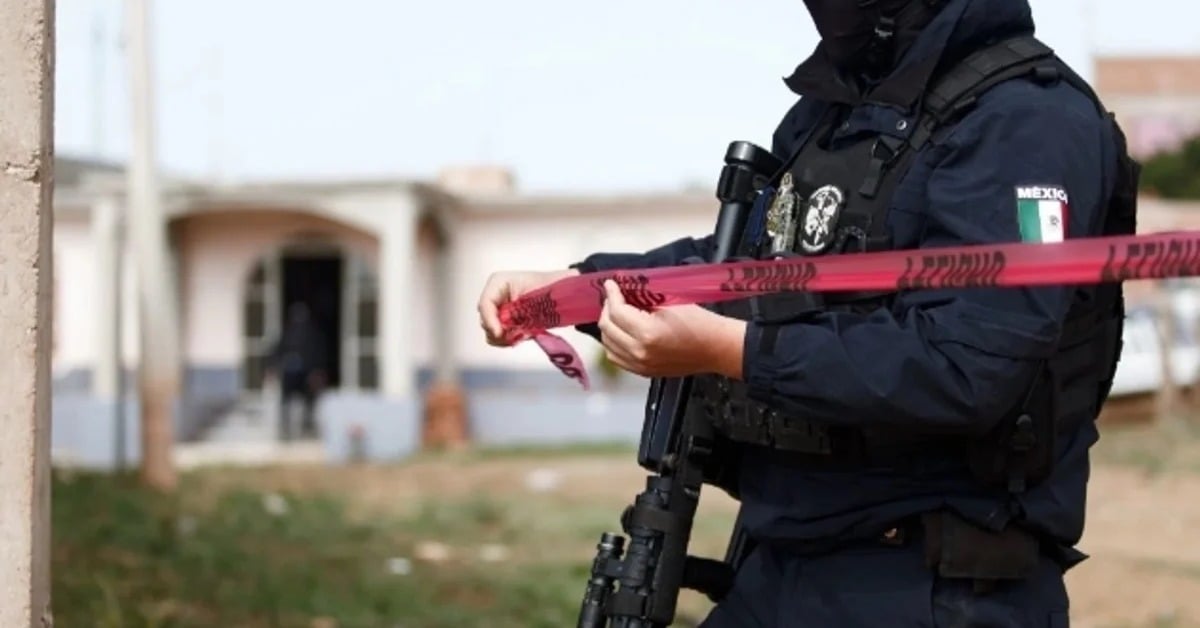Guanajuato reports a 45 percent drop in intentional homicides—its lowest level in eight years—thanks to targeted cartel arrests . . .


Guanajuato reports a 45 percent drop in intentional homicides—its lowest level in eight years—thanks to targeted cartel arrests . . .
